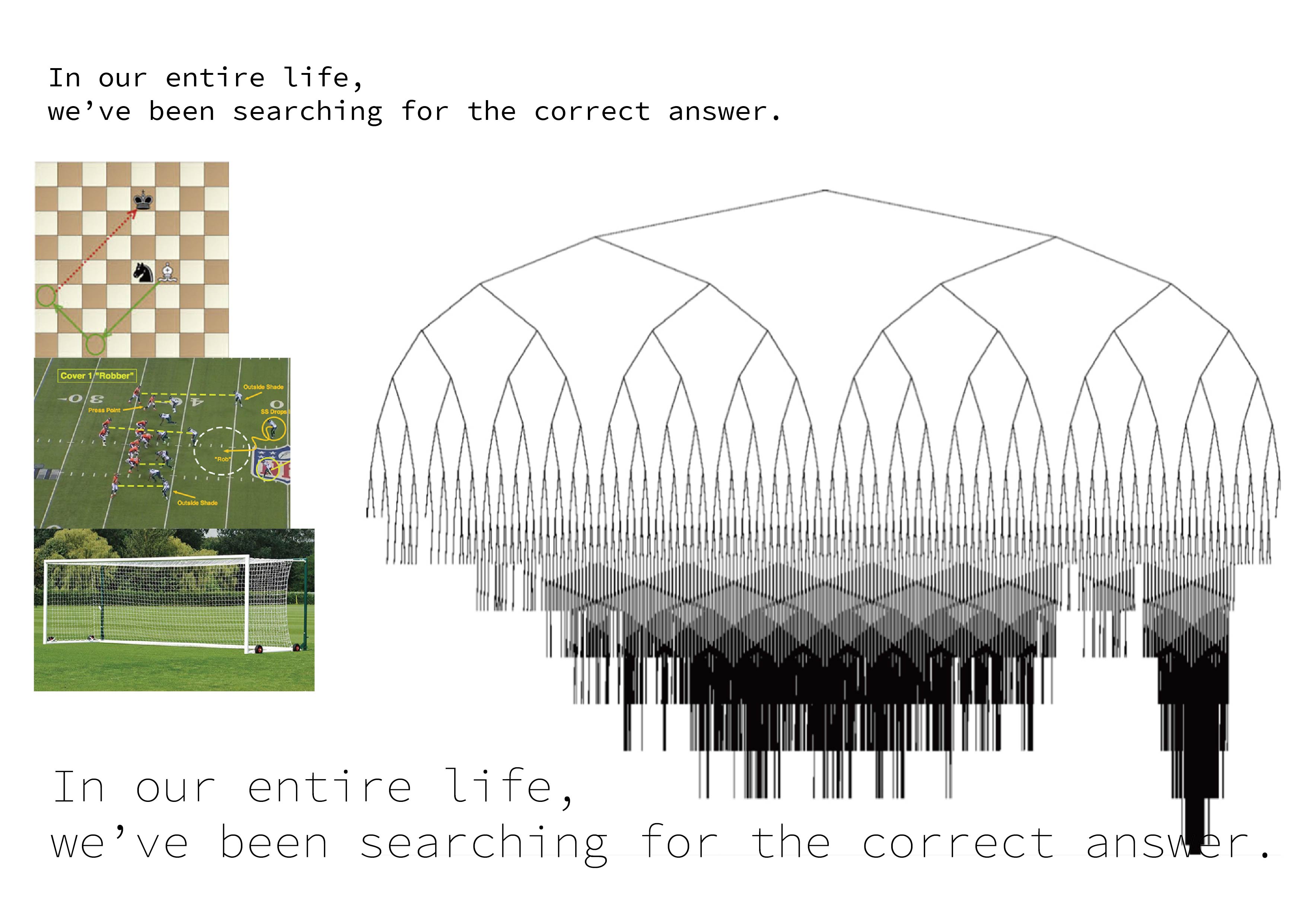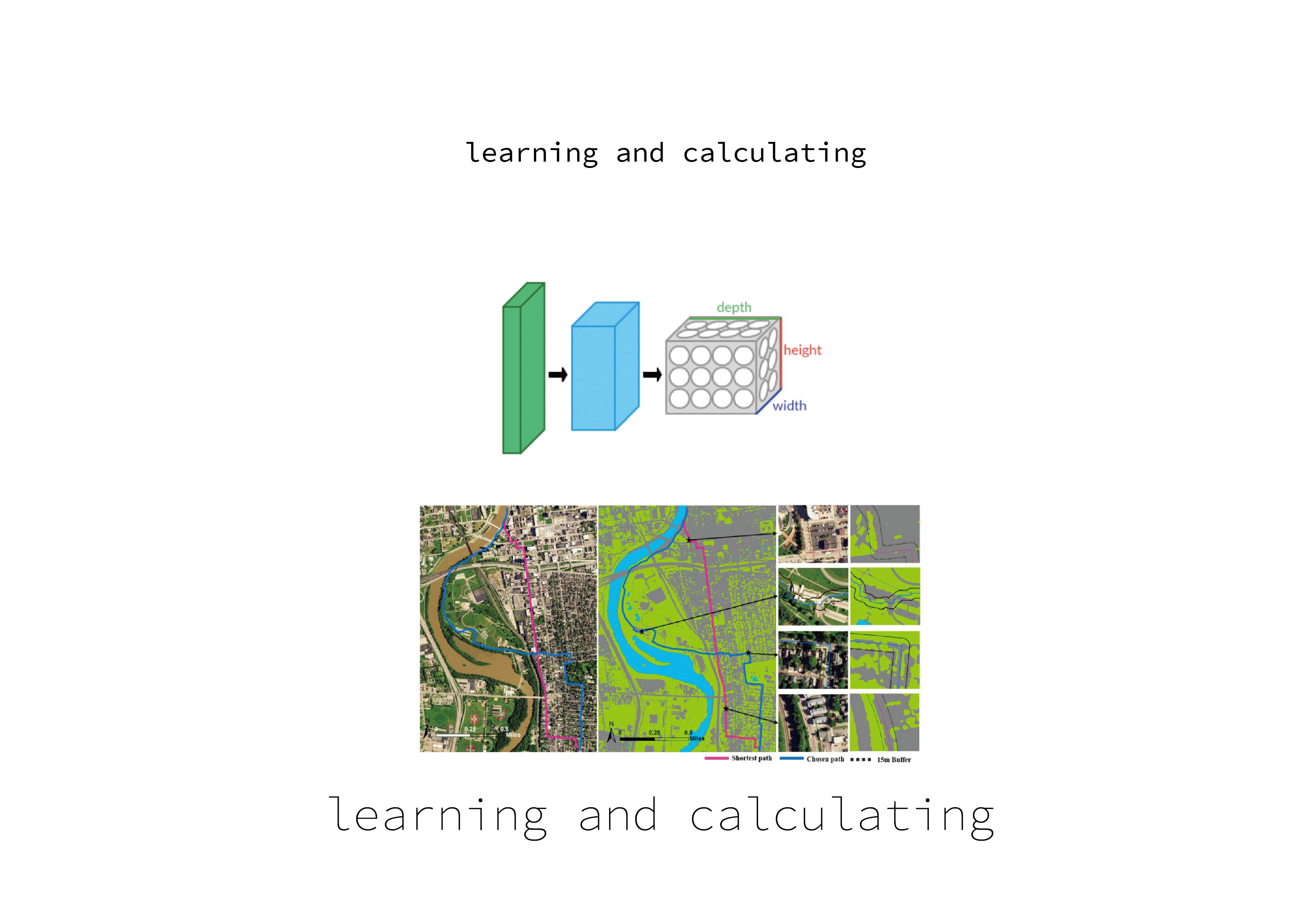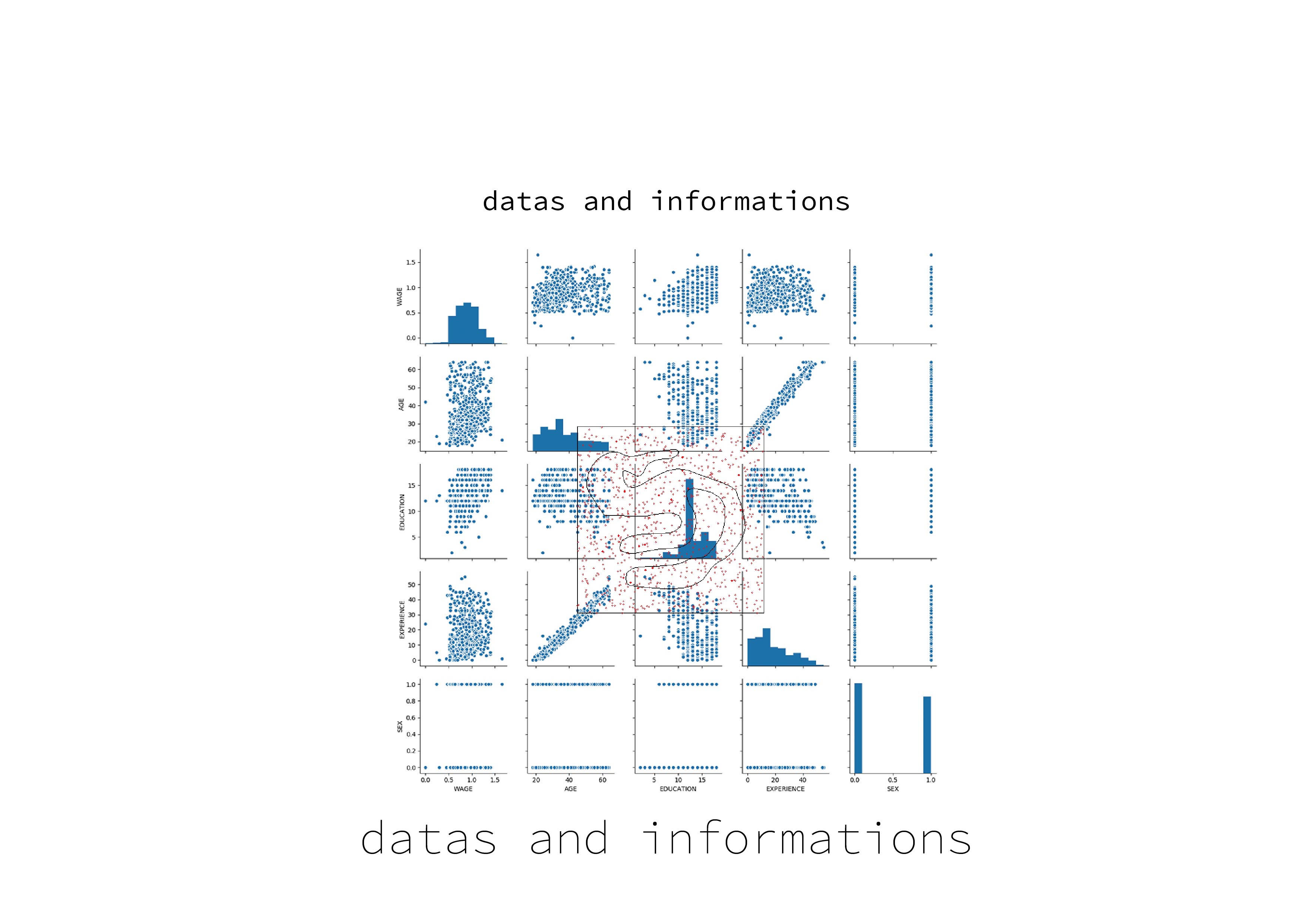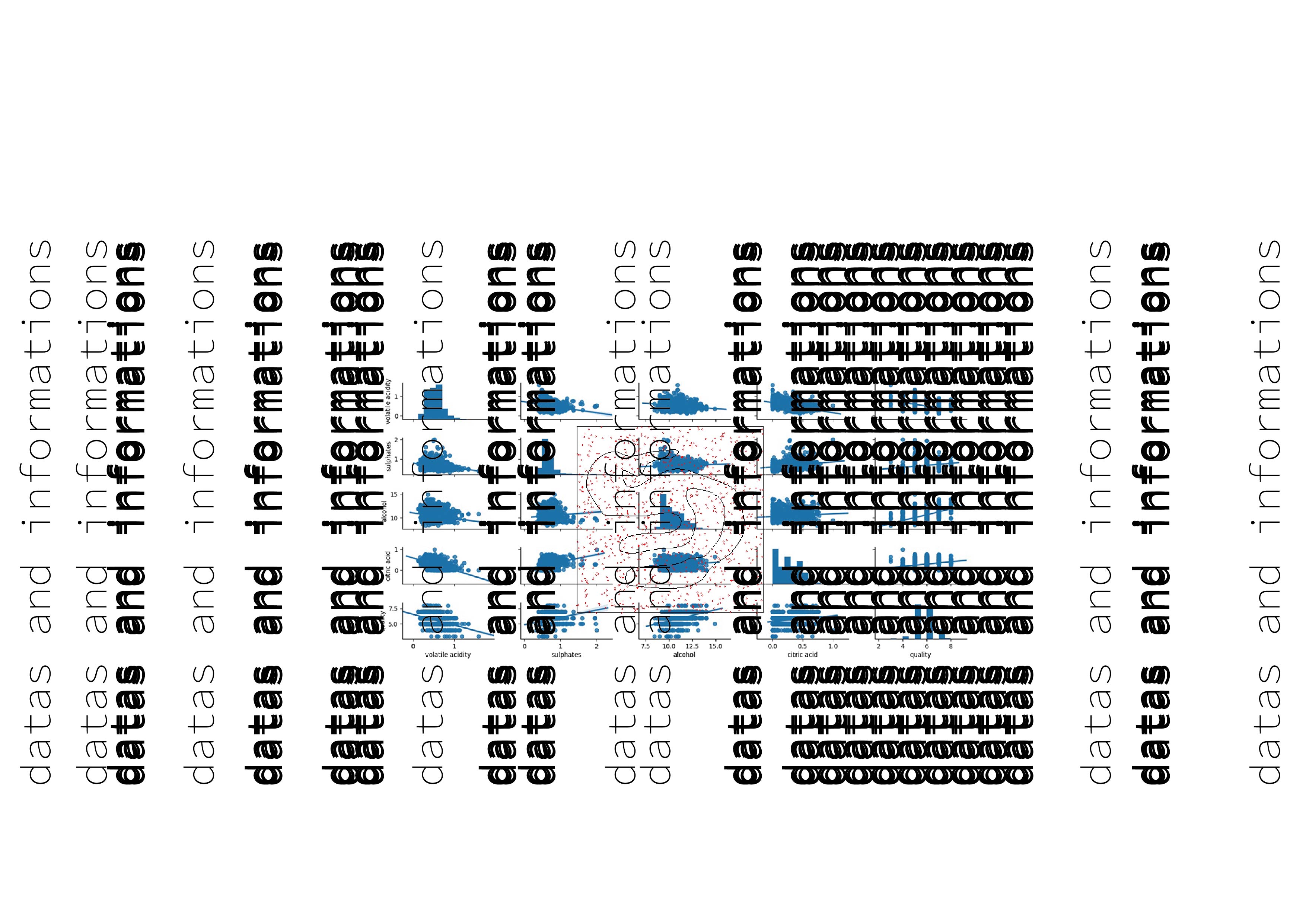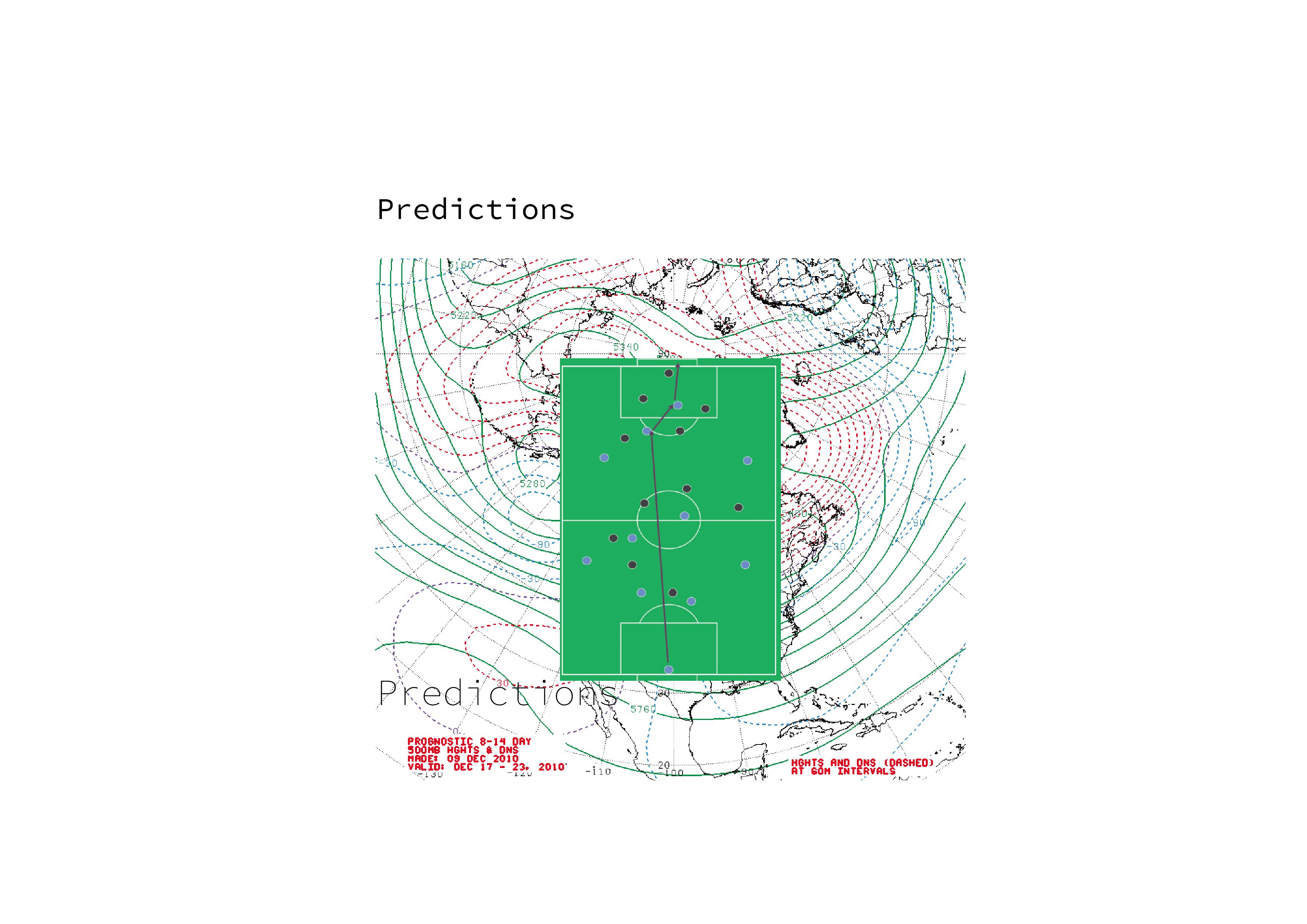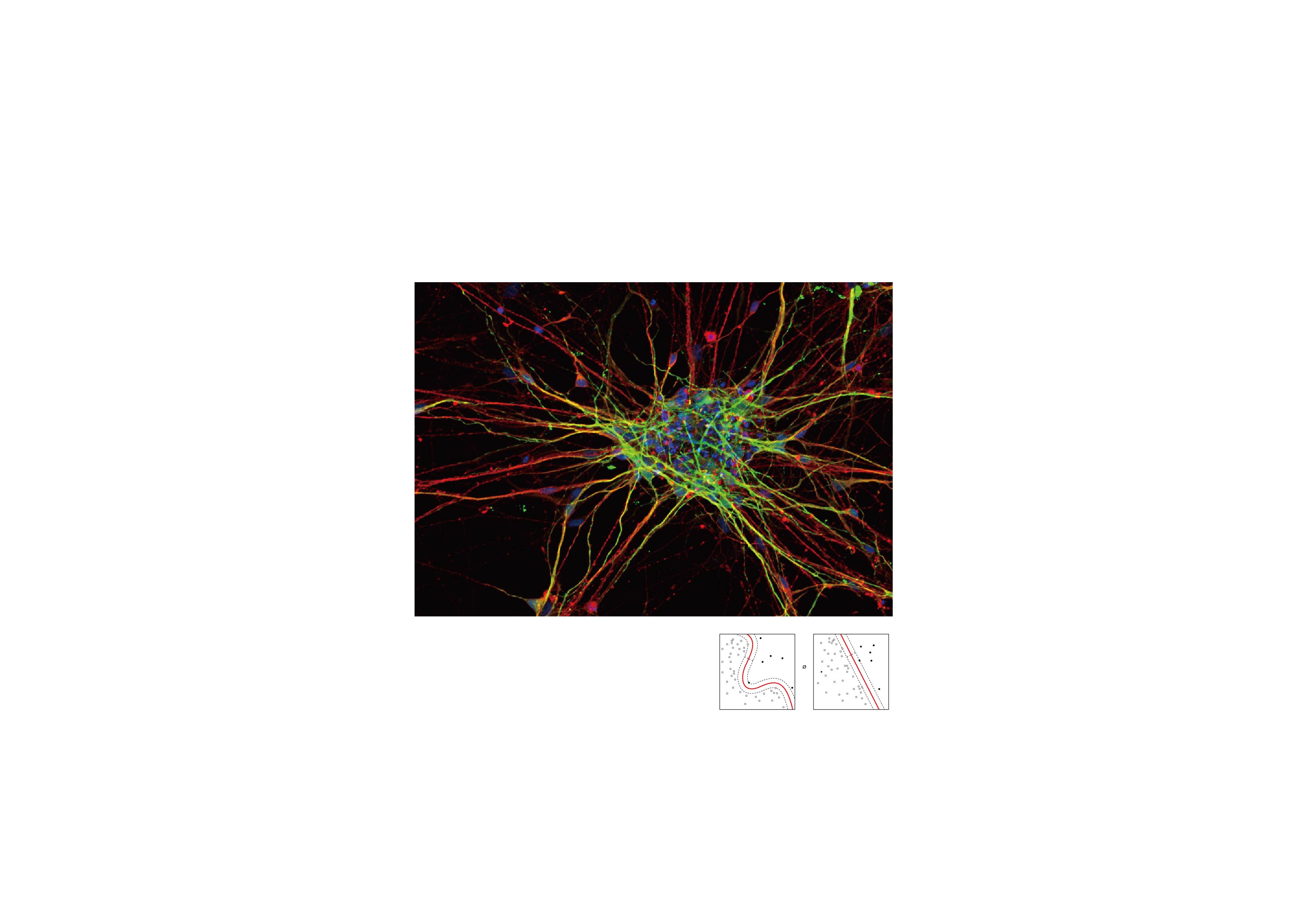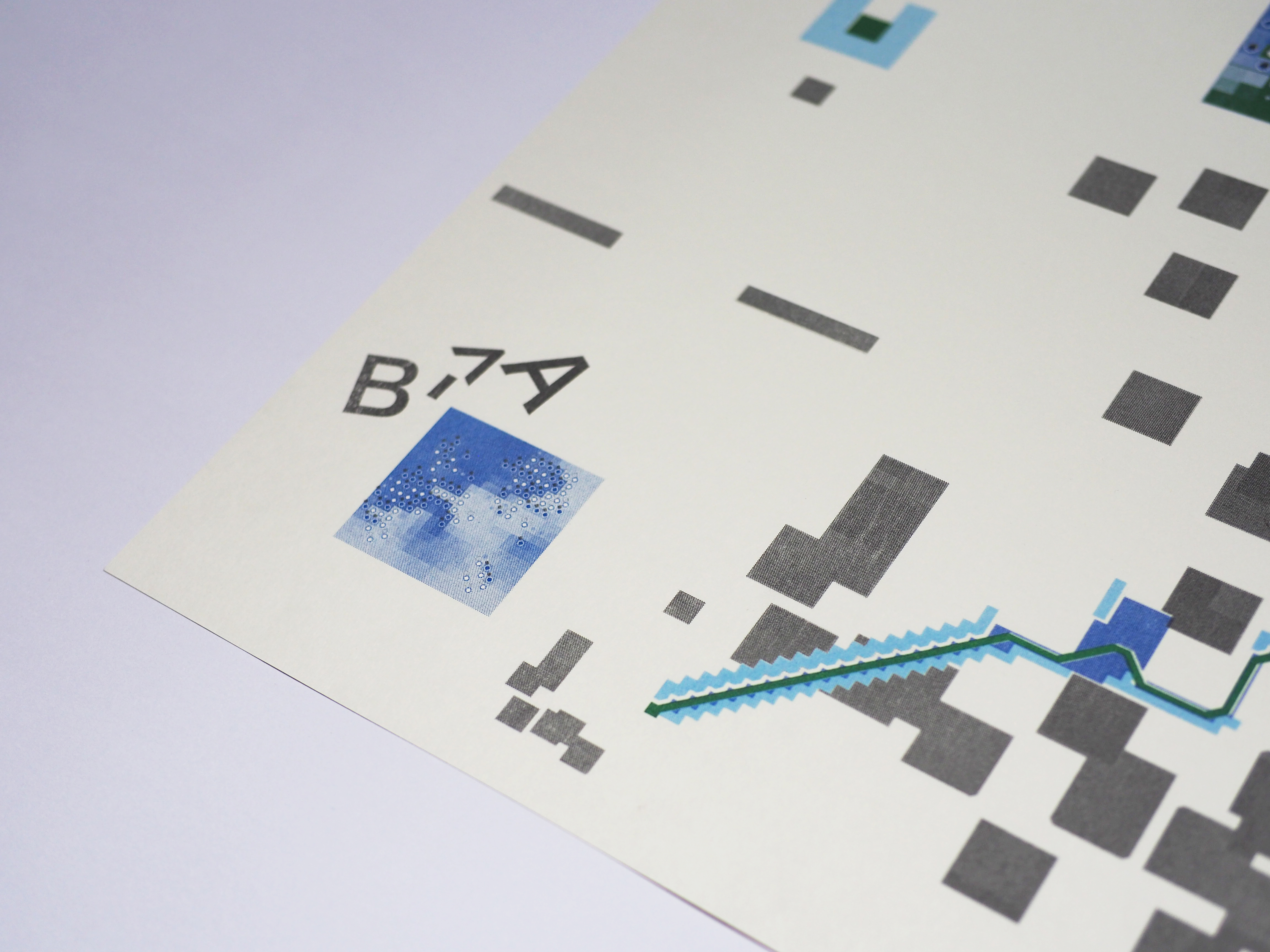0, 1, and Consciousness
This projecti is a deep dive in human, machine, and consciousness.
produced by: Yu Hsuan Liao
Abstract
Fascinated by the concept of consciousness in the movie “Ghost in the Shell”, I aim to dig deeper in what differentiate a human and a cyborg. If the content of composition is what defined us and what recognise us a human being, doesn’t the algorithm that designed to manipulate our behaviors and mind change the definition? Do we still count as a “human” when we’ve merge with the network so tightly and the memory that construct us might be falsification by others?
The philosopher Daniel Dennett has always believed our minds are made by trillions of machines. The belief of human own the authority of our minds is merely an illusion. If so, does using technology with good or bad intention matters when we are simply following “instinct”, which is a calculation result of 0 and 1. And what is the interaction of individual consciousness, society, and technology?
The evolution is based on picking up something, copy, transmitting, and then pass it to the next generation. Besides from this, mutation has been consider to be an important element of it. In ghost in the shell, there’s an important scene that a robot is trying to merge with the protagonist (even though she cannot sure whether she herself count as a human or not), because of the absence of mutation in machinery system. In the world I have been currently living in, people has been implementing psychology such as behaviorism in computer that act and think as human. For example, A* algorithm was created as part of the Shakey project, which had the aim of building a mobile robot that could plan its own actions. Machines are using the data of human as an input to become more smart, and then feed us with the information that cater to our interest. In Donna Haraway’s cyborg manifesto, she states that our machines are disturbingly lively, and we ourselves frightening inert. The fact of inclination to each other has become obvious.
Work
In my project, I want to use algorithm’s theory and outcome graphic as a media to illustrate the entangled relationship and the similarity of human mind and machine. The path between human and machine is definitely not one way road and I believe our brain has already merge with machine without physical connection or surgery. Studying how we design and use the algorithm enable us to influence and speculate the direction of how we evolve and mutate. We have been using statistics to predict weather forecast, pandemic, economy, geographical movements and so on nowadays. Almost everything in our life has been used as prediction. The eagerness of knowing what will happen in the future has been existing since ancient time when people use stars, wind, sun as methodologies to predict the future. I would like to approach consciousness by speculative approaches with graphics and words. By comparing and layering up the materials, people can find out the similarity between human and machine.
In my risograph printworks, I use results of A* algorithm as elements. Pathfinding algorithm is not just math but something very humanize. People are always trying to find the shortest paths and then moving from A to B. Young to old. Naive to socialized. Simple to comlicated. Layering algorithm and human can actually spots lots of similarity. In my worldview, people are all cyborgs without any surgery or plugins.
Conclusion
Instead of regarding consciousness as something that I can’t define, I believe some design don’t need a designer. Our cells are formed by 0 and 1, layers and layers of informations construct us as a human being. I’m not saying human is a machine, yet, we are inevitably becoming a cyborg whenever using internet and connecting to the cyber universe. Human agency no longer sits in human brain, instead, it can be transmitted and store in somewhere else such as a cloud.
References
Roy Ascott. “Art, Technology, Consciousness: mind@large” (2000)
Daniel Dennett. “The illusion of consciousness”. https://www.ted.com/talks/dan_dennett_the_illusion_of_consciousness (February 2003)
Ivan William Kelly. Are you a Cyborg? (April 2019)
Alfred R. Mele, “ Surrounding Free Will: Philosophy, Psychology, Neuroscience” (2014)
Leon Festinger. “A Theory Of Cognitive Dissonance” (1957)
Dennett, Daniel C./ Weiner, Paul (ILT). “Consciousness Explained” (1992/10/20)
Donna Haraway “A Cyborg Manifesto” (1985)
Daniel Dennett. “From Bacteria to Bach and Back: The Evolution of Minds” (2017)
Director: Mamoru Oshii, “Ghost in the Shell” (1995)
































































